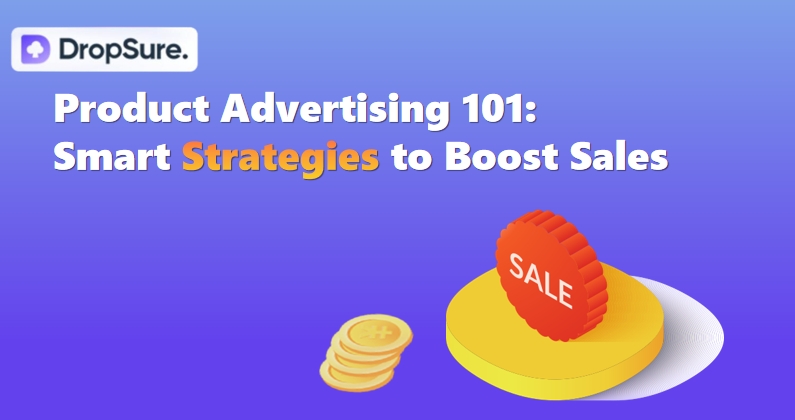
If you’ve ever browsed AliExpress, you know the drill: shockingly low prices on everything from gadgets to clothing. It almost feels too good to be true, right? But how does AliExpress pull this off?
Let’s break down the top five reasons why this platform offers prices that seem unbeatable and why millions of shoppers keep coming back for more.
What is Aliexpress
5 Reasons Behind the Low Prices
Reason 1: Direct-to-Consumer Model
AliExpress cuts out the middleman. Sellers on the platform are often manufacturers who sell directly to you. That means no distributors, no retailers, and no extra markups.
Think of it this way: traditional retail involves multiple stops in the supply chain. The product goes from the manufacturer to a wholesaler, then to a distributor, and finally to a retailer before it lands in your hands. Each step adds costs. AliExpress skips all that, bringing products straight from the factory to your door. This direct approach keeps prices low and savings high.
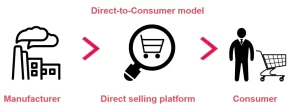
For example, that sleek phone case you bought for $3? In a regular store, it might cost $15. Why? Because the store has to account for overheads like rent, utilities, and employee salaries—all costs you don’t pay on AliExpress.
Reason 2: Low Manufacturing Costs in China
Let’s talk about where most AliExpress products come from—China. With its massive manufacturing industry, China excels at producing goods cheaply. How? Through affordable labor, abundant raw materials, and highly efficient production lines.
Factories in China are built to handle high volumes. They’ve perfected the art of cost-saving without sacrificing speed. When you see a $2 phone case, you’re looking at the power of streamlined manufacturing at work. Plus, China’s robust infrastructure—from shipping ports to highways—makes it easier and cheaper to move goods quickly.
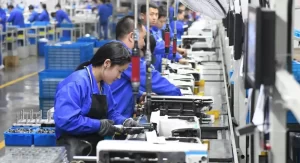
This isn’t just about labor costs, though. China has an entire ecosystem of suppliers and factories that collaborate seamlessly. Need 10,000 phone chargers? There’s a factory for that. Need packaging for those chargers? There’s a supplier next door. This interconnectedness keeps costs low and production efficient.
Reason 3: No Retail Overheads or Branding Costs
AliExpress sellers don’t bother with fancy stores, glossy ads, or Instagram-worthy packaging. They focus on the essentials: selling products online. This no-frills approach eliminates retail overheads.
For you, the buyer, this means no inflated prices to cover storefront rents, utility bills, or marketing campaigns. It’s just straightforward shopping, with savings passed directly to you. Sure, the packaging might be plain, but your wallet stays happy.
Let’s compare: a branded Bluetooth speaker in a retail store might cost $50. On AliExpress, you can find a similar one for $15. The difference? The AliExpress version skips the brand name, flashy marketing, and premium packaging—and you reap the rewards.
Reason 4: Bulk Production and Economies of Scale
AliExpress sellers often produce goods in bulk. Why? Because making thousands of items at once lowers the cost per unit. This is known as economies of scale.
The more they produce, the cheaper it gets. For instance, a seller who makes 100,000 USB cables can negotiate better deals on raw materials and spread out their fixed costs (like factory equipment) over a larger number of items. The result? You get a USB cable for $1.50 instead of $10.
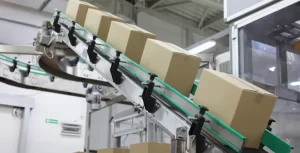
This approach also means sellers can afford to sell items at razor-thin profit margins. They rely on high volume sales to make up for it. So while they might only make a few cents per item, those cents add up when they’re selling thousands of products every day.
Reason 5: Global Shipping Subsidies
Here’s a surprising fact: shipping from China is often incredibly cheap, sometimes even free. How? Thanks to international shipping subsidies and agreements.
China has deals with many countries that keep shipping costs low for small parcels. Programs like the Universal Postal Union (UPU) help subsidize these shipments. This makes it affordable for sellers to ship items worldwide without passing huge costs onto buyers.

Of course, this usually means slower shipping times. But when you’re paying next to nothing for delivery, it’s a trade-off many are willing to accept. After all, waiting a few weeks for a $1 pair of socks isn’t so bad when you think about the savings.
The Flip Side of Cheap: Quality and Delivery Time
Of course, there’s a downside to all these savings. Not every product on AliExpress is a winner. Quality can vary widely, and what you see online isn’t always what you get.
Then there’s the waiting game. Cheap shipping often means long delivery times—sometimes weeks or even months. And let’s not forget the occasional lost package. It’s a gamble.
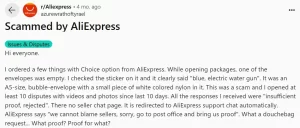
Sourced:Reddit
For example, that $10 smartwatch might look great in the pictures, but when it arrives, it could feel flimsy or have limited functionality. These are the risks you take when shopping on a platform focused on low prices.
Why DropSure is Your Smart Alternative
What if you could enjoy low prices without the headaches? Meet DropSure. It’s like AliExpress but smarter and more reliable. Here’s what makes DropSure stand out:
– Quality You Can Trust: DropSure works only with vetted suppliers. No more guessing games.
– Faster Shipping: Skip the long waits. DropSure gets your products to you quickly.
– Affordable Prices: You still save money, but without sacrificing quality or convenience.
DropSure is perfect for shoppers who love deals but hate risks. Sign up today and see the difference for yourself.
Final Thoughts
AliExpress keeps prices low by skipping the middleman, leveraging China’s manufacturing power, and benefiting from bulk production and shipping subsidies. It’s a masterclass in cost-cutting.
But with those low prices come trade-offs. Quality isn’t always guaranteed, and delivery times can be frustratingly long. That’s where DropSure shines. Offering reliability, quality, and speed, it’s the perfect alternative for savvy shoppers.
Why settle for less? Upgrade your shopping experience with DropSure today!

 7 min read
7 min read


